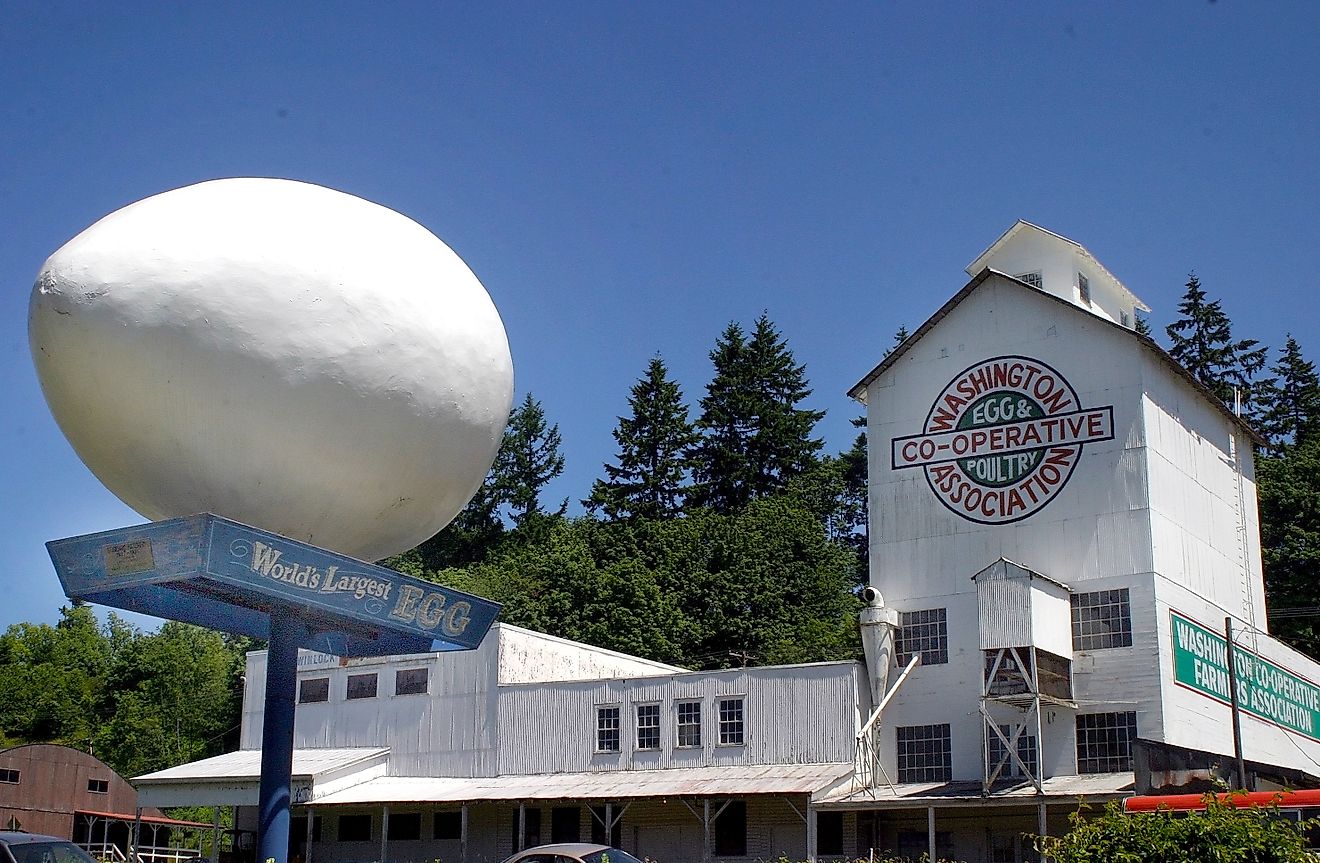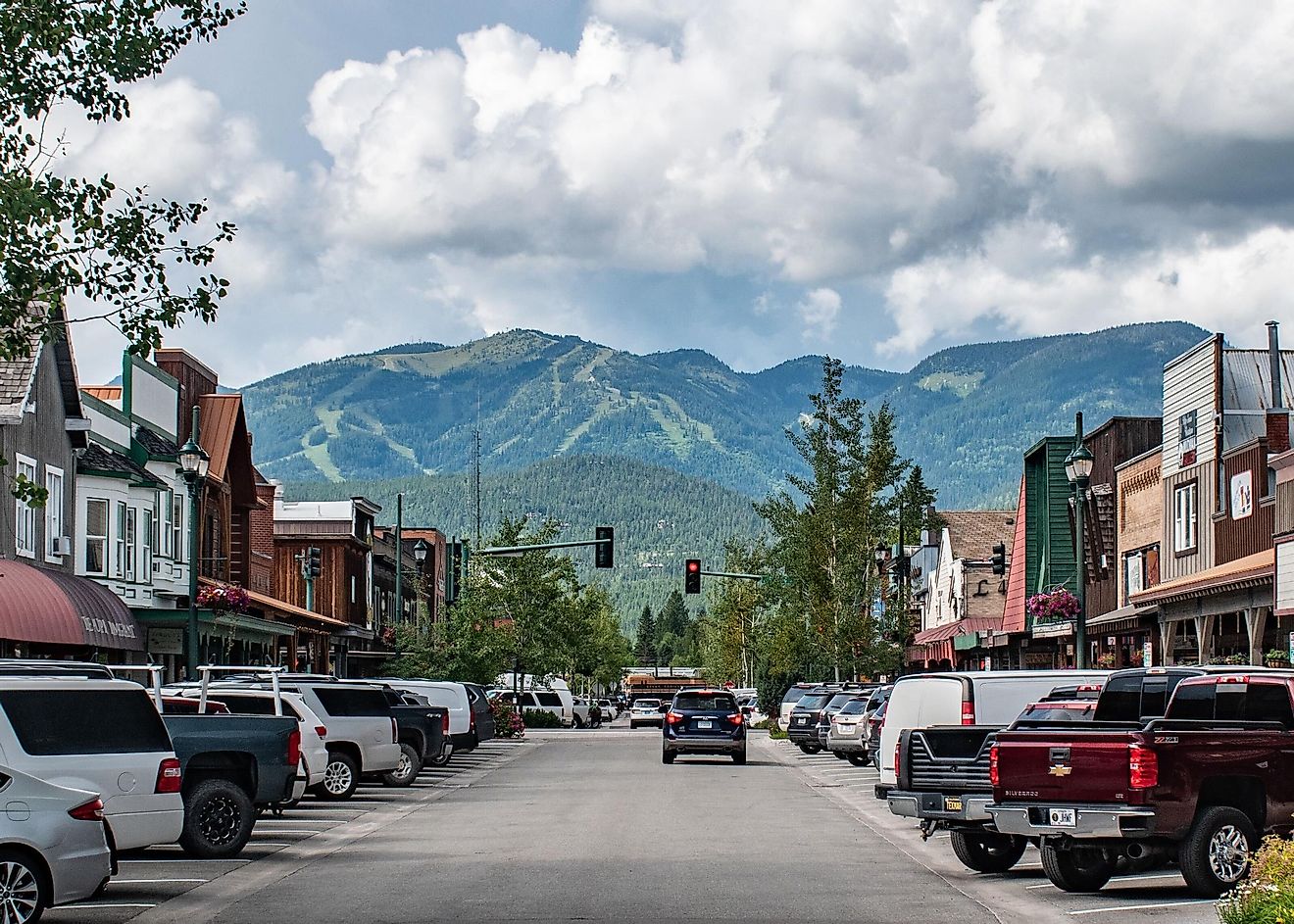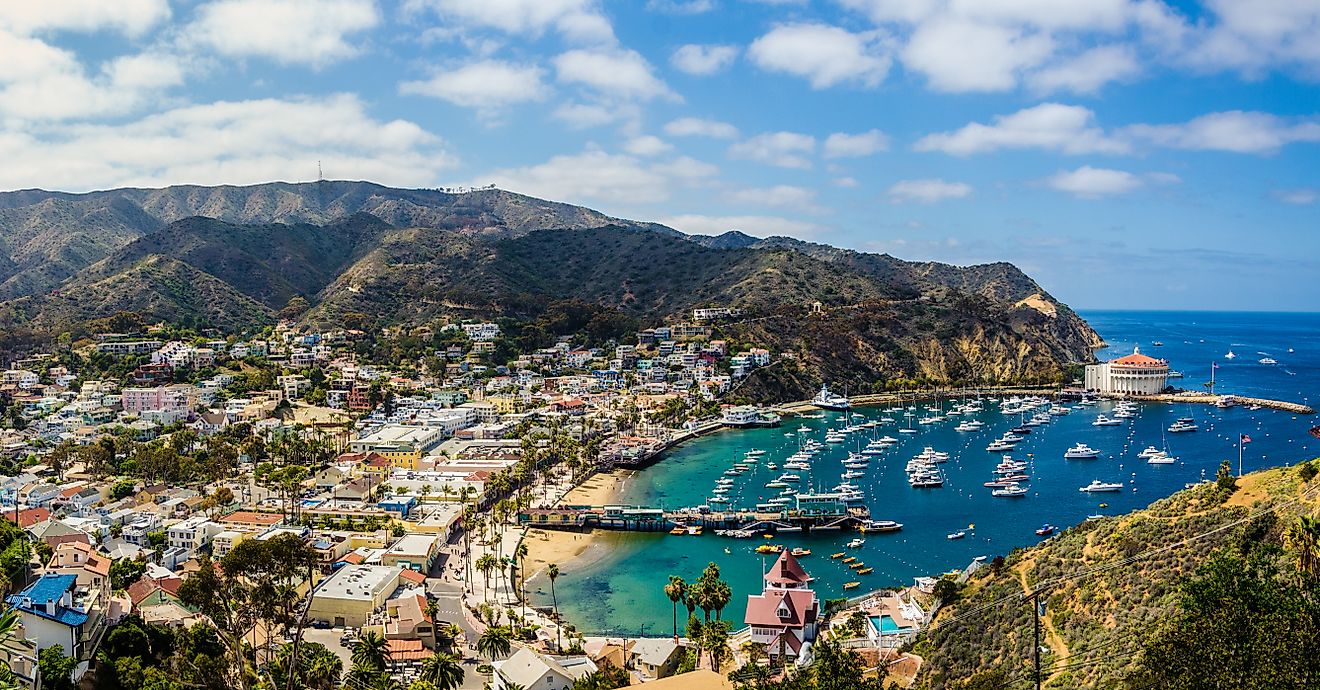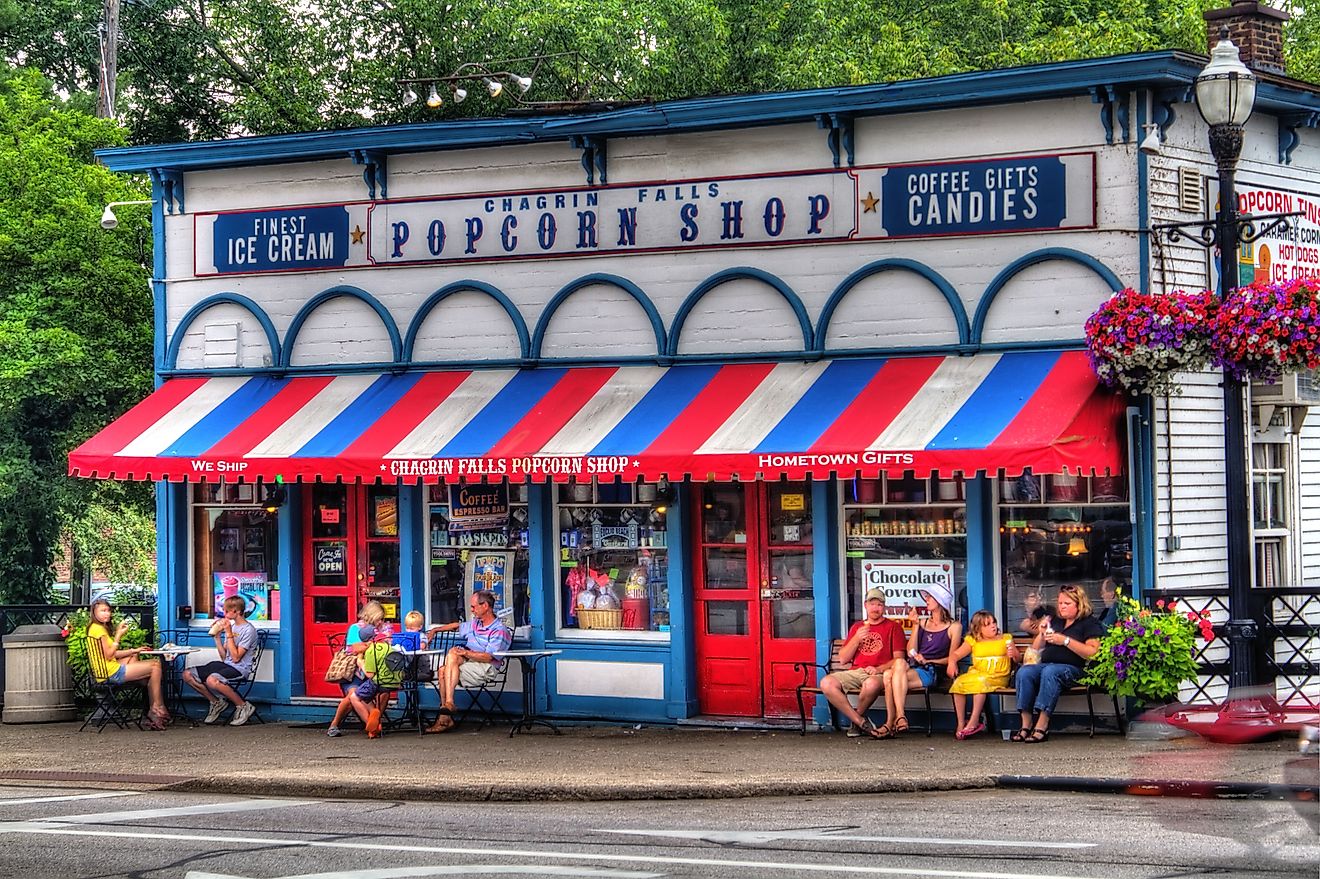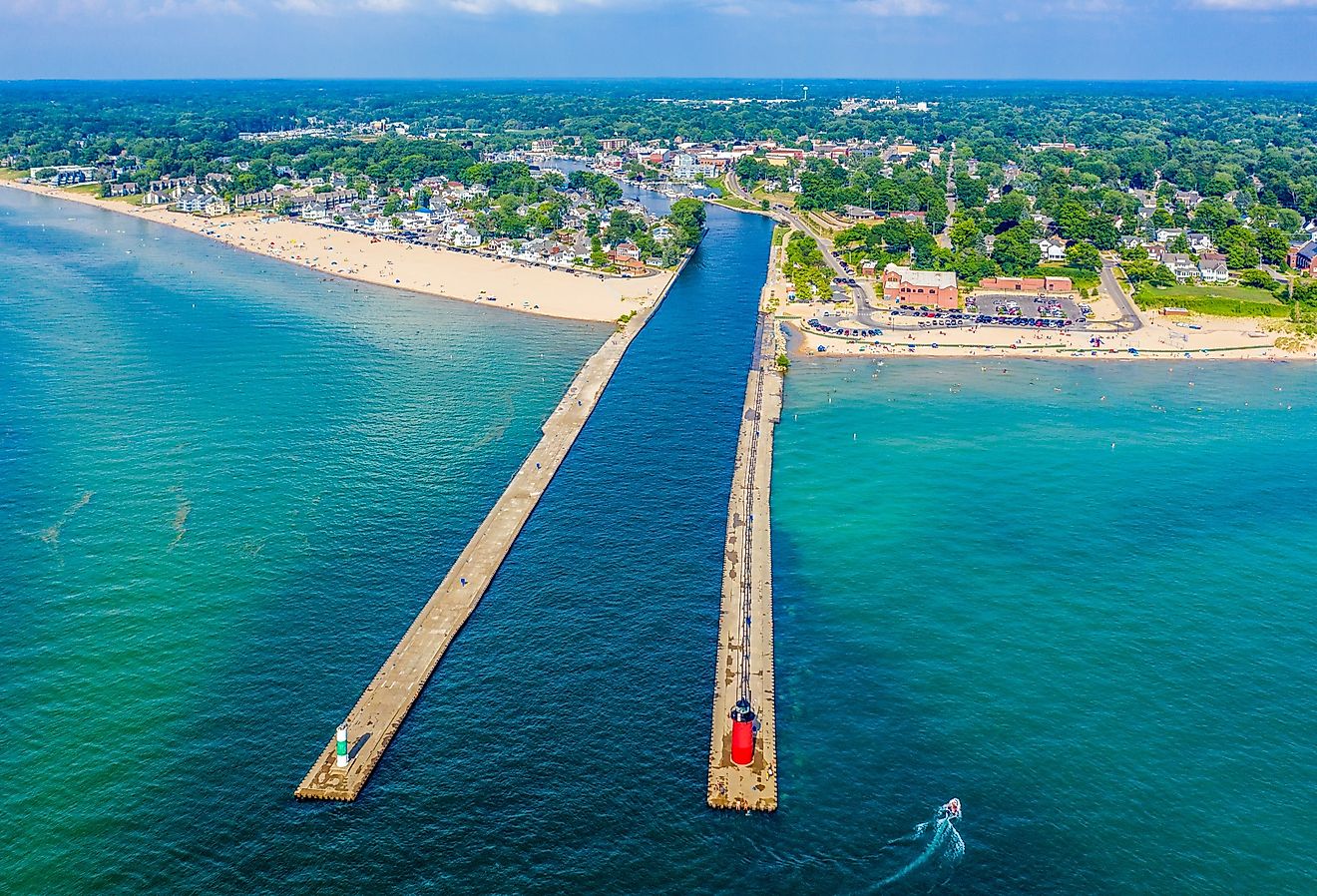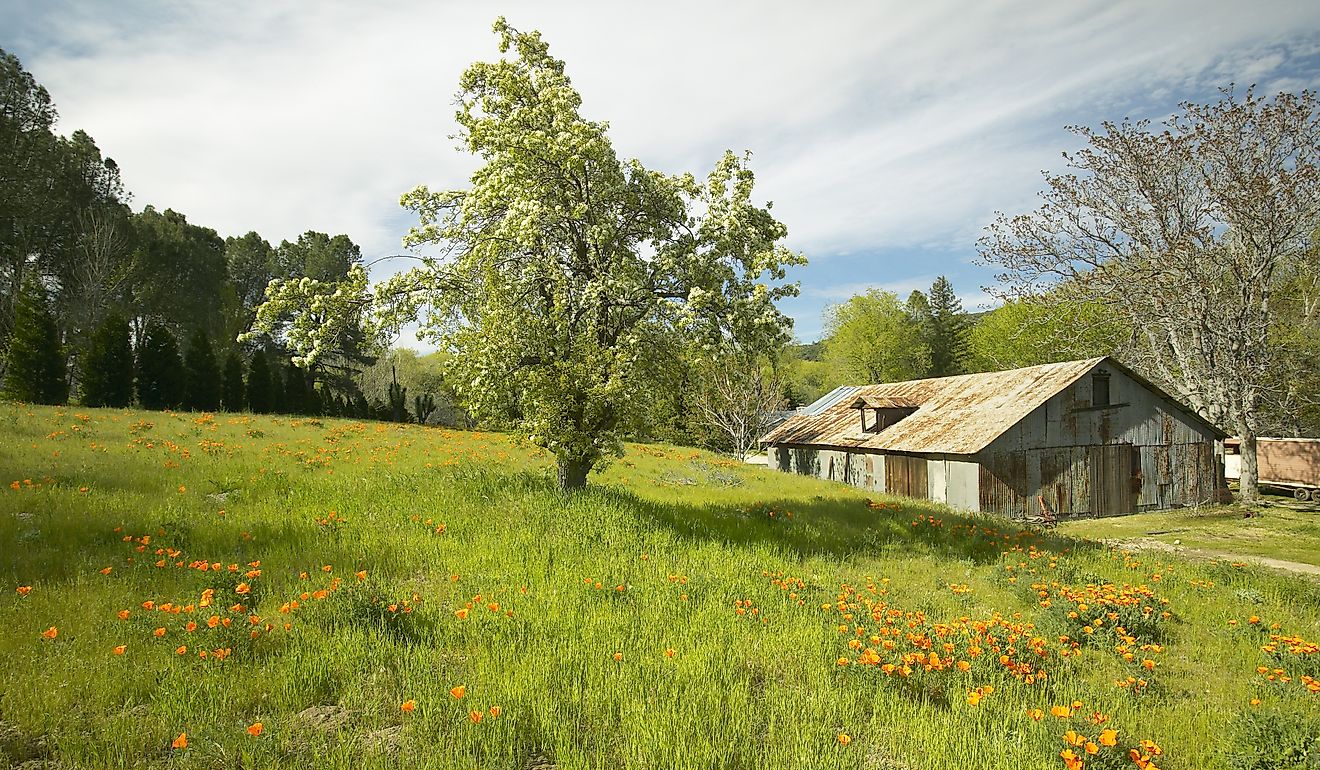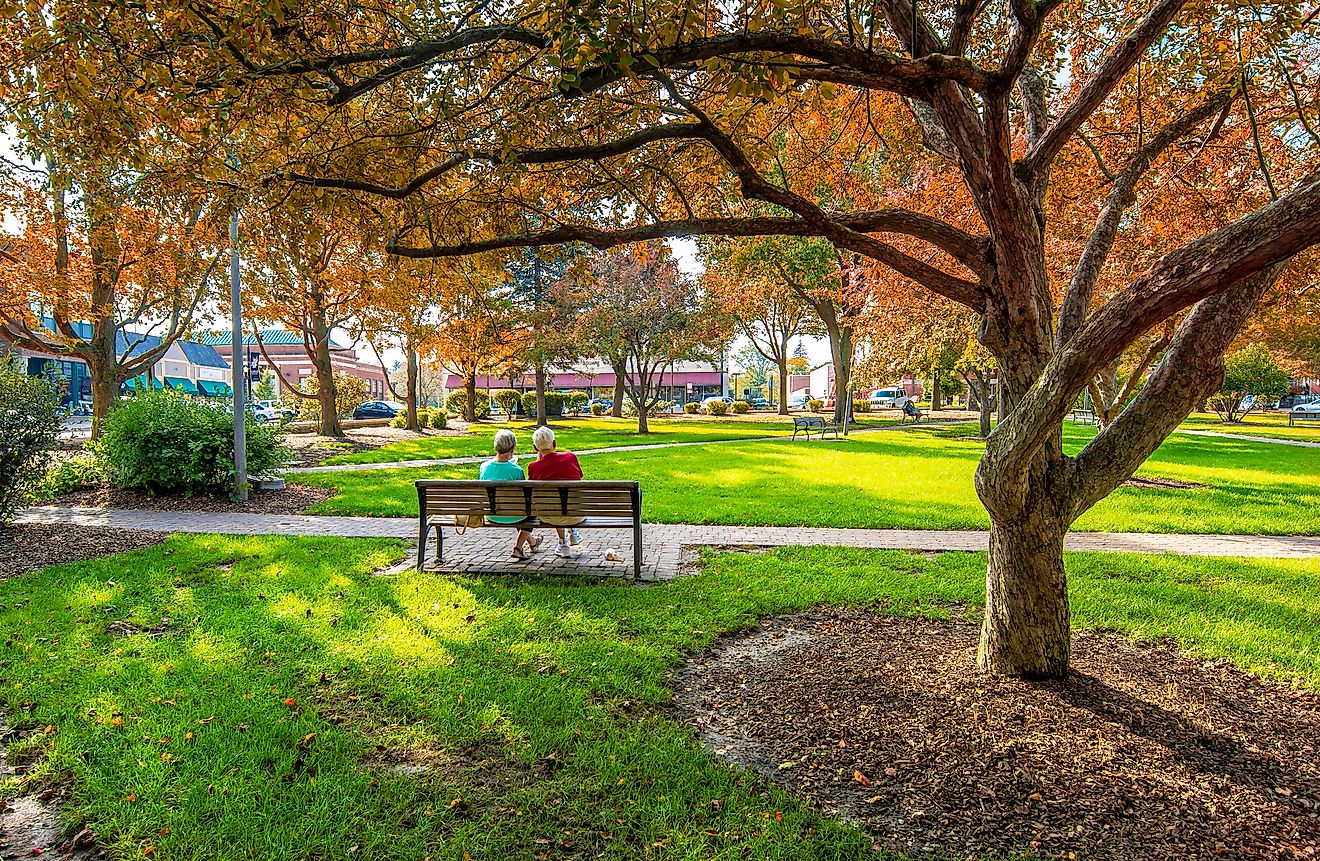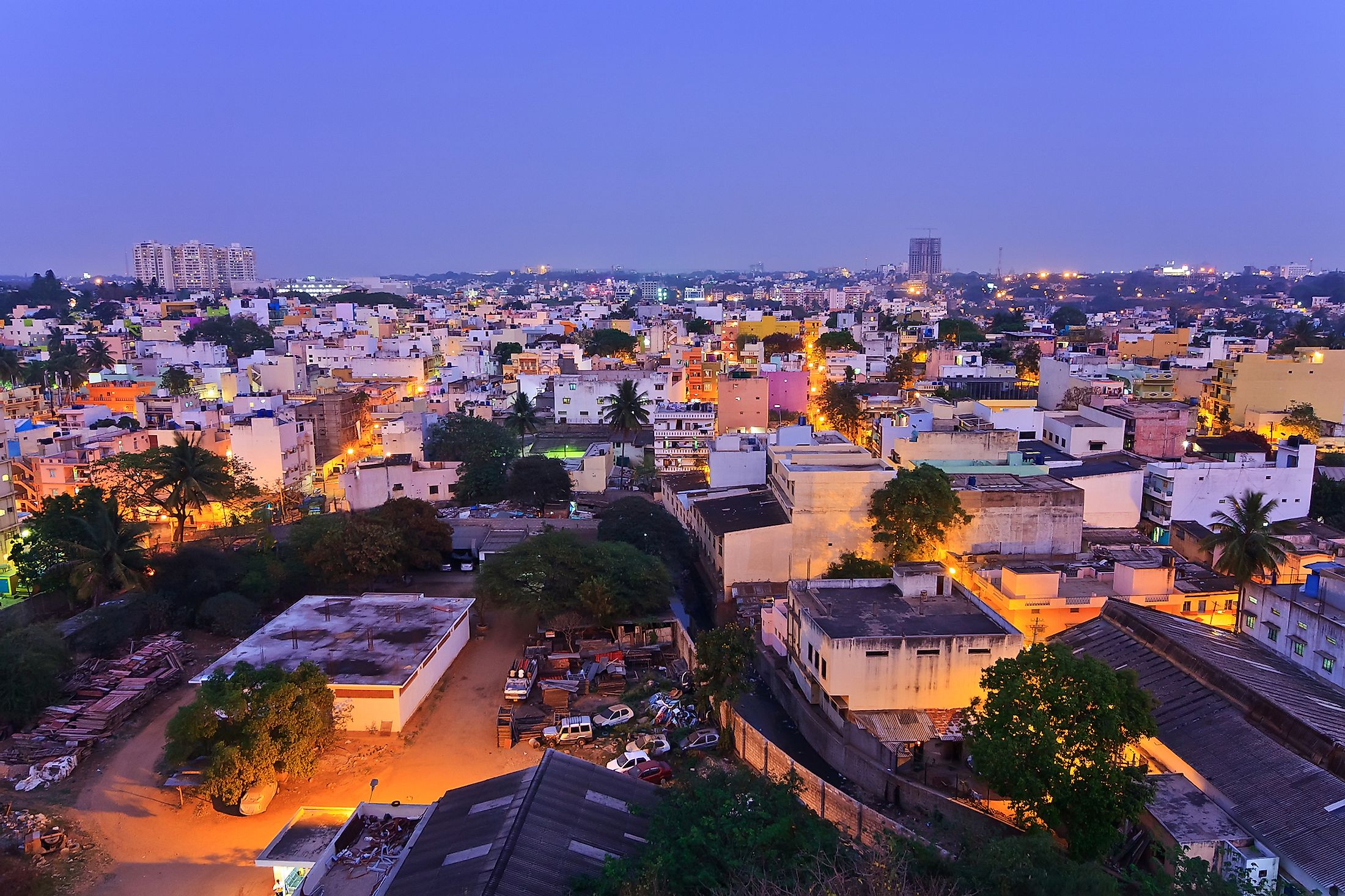
Bangalore, India
Officially referred to as "Bengaluru," Bangalore is the largest city and the current capital of the Indian State of Karnataka. The city of Bangalore occupies the central part of the Mysore Plateau in the southeastern corner of the Indian State of Karnataka. The city is situated at an average elevation of 920m, making it the highest among all the major Indian cities. With a population of about 10,456,000 inhabitants, Bangalore is considered India's 3rd most populous city and its 5th most populous urban agglomeration. This multi-ethnic cosmopolitan city is also often referred to as the "Silicon Valley of India."
Geography Of Bangalore
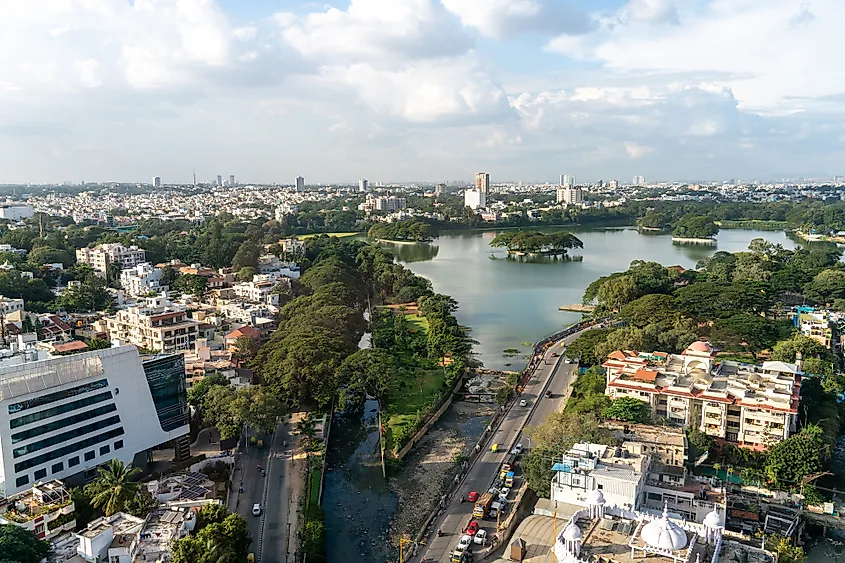
The landlocked city of Bangalore occupies the central portion of the Mysore Plateau, which is a region of the larger Deccan Plateau, in the southeastern corner of the Indian State of Karnataka. Bangalore covers an area of 1741 sq. km, and a major portion of the city forms a part of Karnataka's Bangalore Urban District, while its surrounding rural areas include a part of the state's Bangalore Rural district.
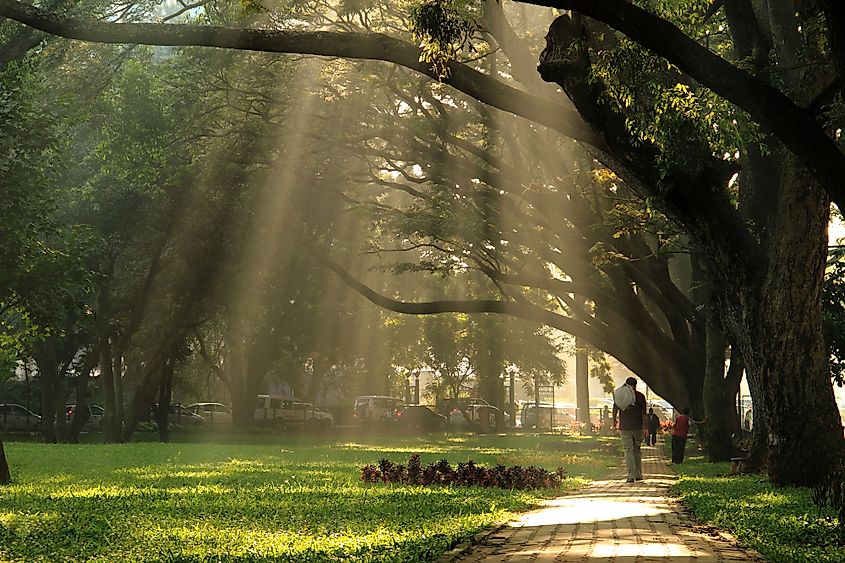
Bangalore has two distinct topography terrains: the relatively flat North Bangalore taluk and the uneven and hilly South Bangalore taluk. A prominent granitic ridge runs through the center of the Bangalore North Taluk, and Doddabettahalli - the state's highest point is situated on this ridge. However, no big rivers flow through the city of Bangalore. The Arkavathi River, a tributary of the Kaveri River, and the South Pennar River cross paths at the Nandi Hills, located approximately 60km to the north of Bengaluru. A minor tributary of the Arkavathi River is River Vrishabhavathi, the only river that rises and flows through Bangalore. There are, however, many freshwater lakes and water tanks in the city, including Hesaraghatta Lake, Hebbal Lake, Yediyur Lake, Ulsoor Lake, Madivala Tank, and Sankey Tank.
Climate Of Bangalore
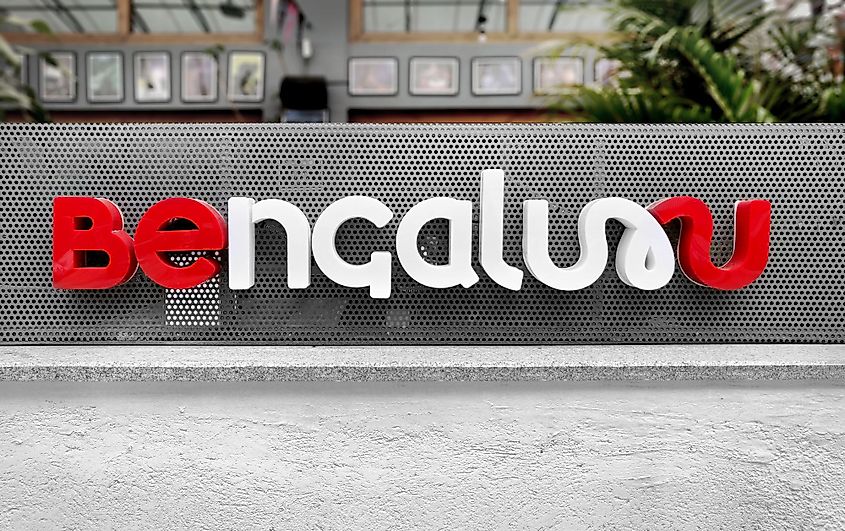
According to the Köppen climate classification, the city of Bangalore experiences a tropical savanna climate with pleasant summers and mild winters. The city generally enjoys a moderate climate throughout the year, with average summer temperatures about 34°C and winter temperatures about 16°C. The city receives rainfall from the southwest and the northeast monsoons, and frequent thunderstorms in summers often result in local flooding and power outages.
Demography And Economy Of Bangalore
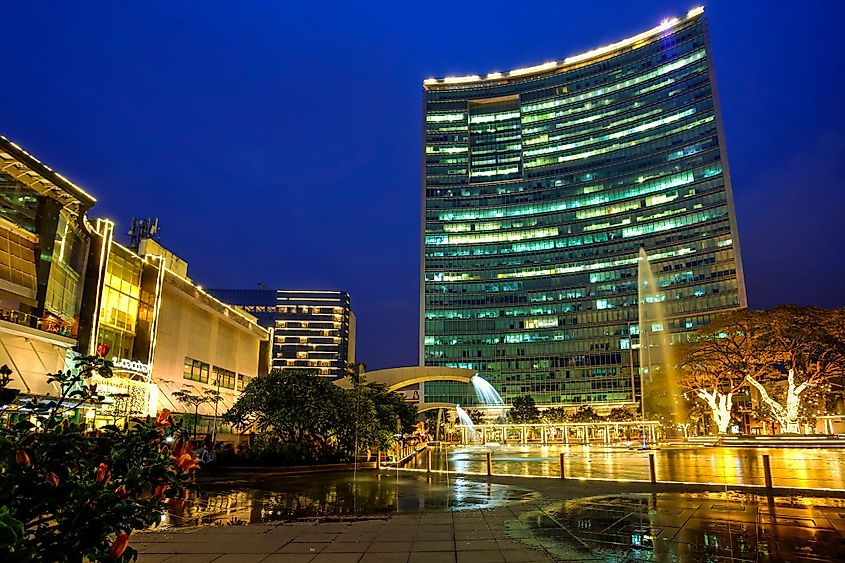
As per the 2011 census, the megacity of Bangalore is home to more than 10 million people, making it India's third most populous and the world's 18th most populous city. About 78.9% of Bangalore's population is Hindu, 13.9% is Muslim, 5.6% is Christian, and 1.0% is Jains. Kannada is the official language that is spoken by about 44.5% of the city's population. Bangalore is also the country's second-fastest-growing metropolis, with economic growth of 10.3%. Located in the town of Devanahalli, about 40km to the northeast of Bengaluru, is Kempegowda International Airport. With 26.9 million passengers served by the airport every year, it is considered the third-busiest airport in the country.
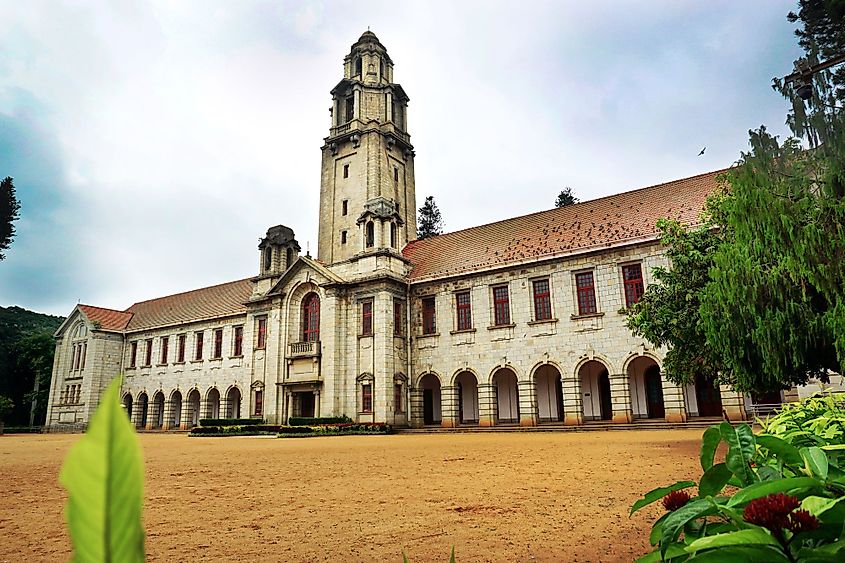
Often referred to as the "Silicon Valley of India," Bangalore is India's biotechnology hub and accounts for 38% of its total IT exports. In addition to this, there are several other industries in the city such as automobiles, electrical, machinery, food processing, etc. Besides Delhi, Mumbai, Kolkata, and Chennai, Bangalore is the country's fifth city to host the highest number of Fortune Companies. Many top educational and research institutions of the country like the Indian Institute of Science, Bangalore University, National Aeronautical Research Laboratory, Raman Research Institute, and others that attract the best young minds from all over the country are present in this metropolitan city. The city also hosts the headquarters of several start-up companies like Ola Cabs, Swiggy, Quickr, RedBus. The Kannada Film Industry, which produces approximately 80 Kannada feature films per year, is also based in Bangalore.
Attractions In Bangalore
Bangalore is known as the "City of Gardens" due to its wide streets, public parks, and large green spaces. The city also serves as a hub of touristic activity and many notable festivals such as Bangalore Karaga, Someshwara Car Festival, Karnataka Rajyotsava, Ugadi, Ram Navami, Eid ul-Fitr, and others are celebrated here. Some of the significant public parks that are located here include Lalbagh Botanical Garden, Cubbon Park, etc.
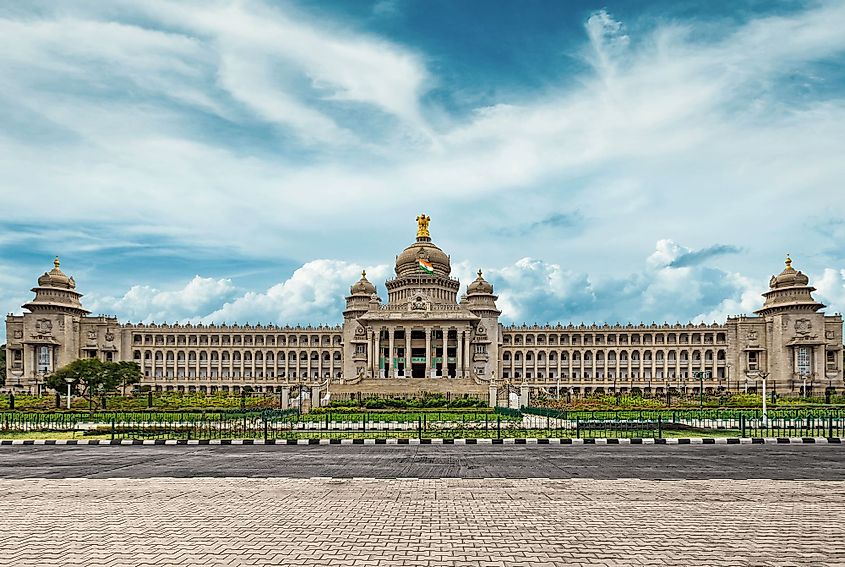
The notable buildings in the city include the Vidhana Soudha, Attara Kacheri, Indian cartoon gallery, Tipu Sultan's fort, and palace, etc. In addition to this, several sporting stadiums like the Kanteerava Indoor Stadium, M. Chinnaswamy Stadium (home to the National Cricket Academy) are located in Bangalore.
Brief History Of Bangalore
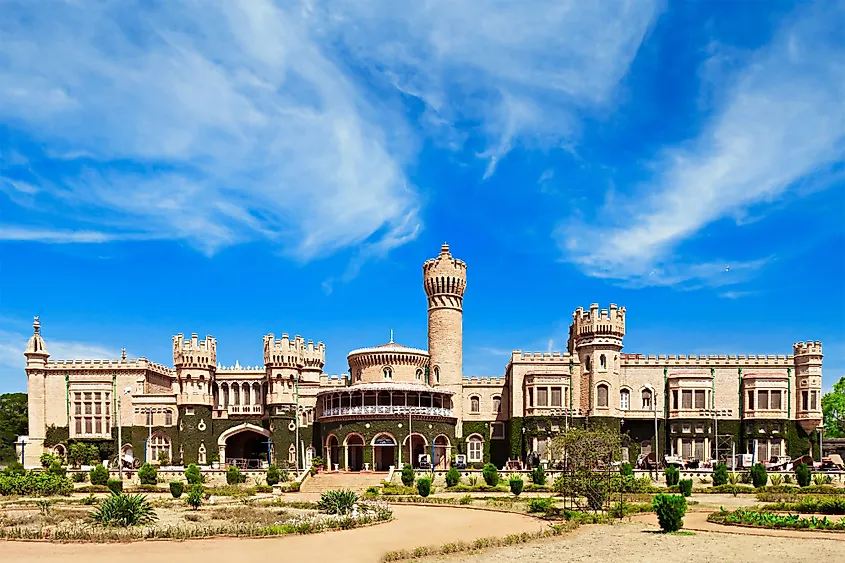
The city's history dates back to about 890CE in a stone inscription found in Nageshwara Temple, which mentions "Bengaluru Kalaga." Therefore, this stone inscription bears the earliest reference to the city's current official name, "Bengaluru." A mud fort was established by the feudal ruler Kempe Gowda in 1537CE, which is considered by many as the foundation of the modern city of Bangalore. In the 16th century, after the fall of the Vijayanagara Empire, the Mughals sold the city to Chikkadevaraja Wodeyar, the then Maharaja of Mysore. The city's administration passed on to the hands of King Haider Ali when he seized control over the Kingdom of Mysore.
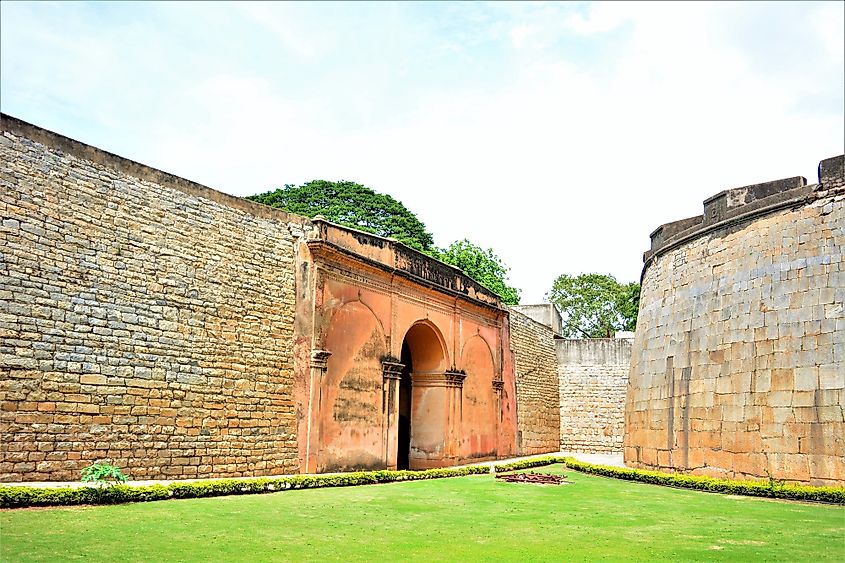
Nevertheless, after the victory in the Fourth Anglo-Mysore War, the city was captured by the British East India Company, and the administrative control was returned to the Maharaja of Mysore. The old city developed under the rule of the Maharaja of Mysore and was eventually made the capital of the Princely State of Mysore. However, the British shifted their cantonment outside the old city and soon developed a town around it that began to be governed as a part of British India. After the Independence of India in 1947, the city of Bangalore became the capital of the Mysore State. In 1949, the city and cantonment were unified into a single urban center. Bangalore became the capital of the State of Karnataka after its formation in 1956. "Bengaluru" – the city's original name in the Kannada language was declared as the city's official name in 2006.
